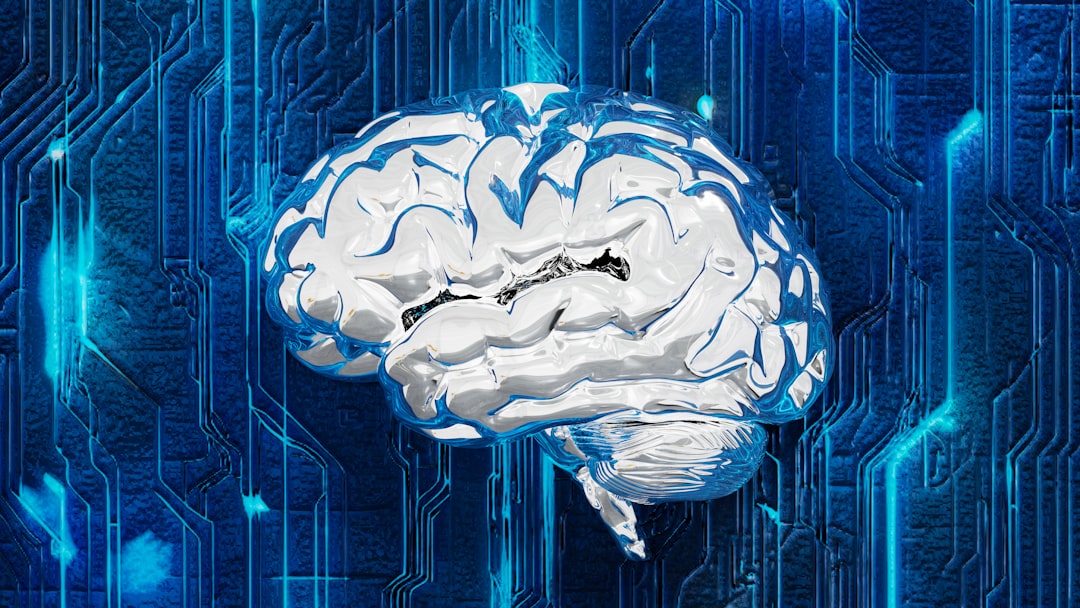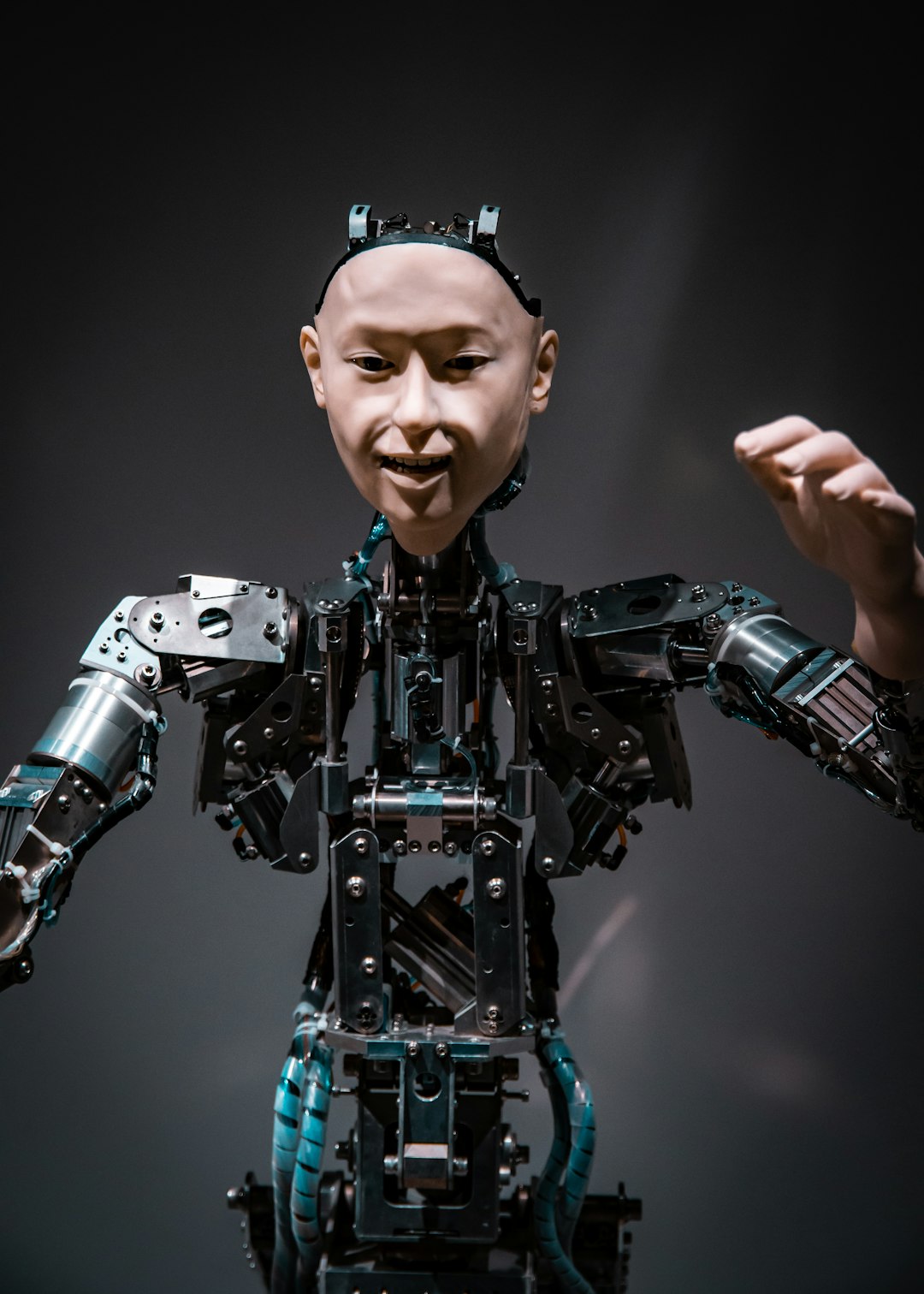The rapid advancement of artificial intelligence (AI) is reshaping industries, economies, and even the fabric of human thought. As we inch closer to the theoretical threshold of Artificial Super Intelligence (ASI)—a form of AI that surpasses human intelligence in every conceivable aspect—fascination is mounting around what the next decade will bring. While the idea of AI superseding human cognitive capacity was once relegated to science fiction, the exponential trajectory of AI development suggests that ASI may not be as distant as once imagined. Below are the most trusted and serious predictions for how AI super intelligence could evolve over the coming ten years.
1. Acceleration Toward Artificial Super Intelligence
Many experts believe that the dawn of ASI is not a matter of if but when. Technological growth follows an exponential curve, not a linear one, and recent breakthroughs in generative AI, neural learning networks, and quantum computing are reinforcing this pattern. Within the next decade, we expect to witness:
- Exponential improvements in AI learning speed and data processing capabilities
- Closer synergy between AI and emerging technologies such as quantum computing, enhancing AI’s raw processing power
- Increased autonomy in AI solutions, where machines are capable of self-improvement without human intervention
This escalating sophistication will push AI systems to develop reasoning abilities, strategic planning skills, and general intelligence equaling or exceeding human cognitive functions. ASI may not be limited to human-defined tasks but will generate new insights, innovations, and intelligence structures.

2. AI’s Dominance in Scientific Discovery
AI is poised to become the dominant force in scientific innovation. Already surpassing human capabilities in pattern recognition and data correlation, super intelligent AI could be pivotal in solving some of the most complex scientific challenges of our time. Here’s how:
- Pharmaceuticals & Biotechnology: AI will play a crucial role in drug discovery, genetic modification, and vaccine development, reducing R&D cycles from years to weeks.
- Climate Science: With its superior computational power, ASI could model climate systems more accurately and recommend precise geoengineering solutions.
- Material Science: New compounds with enhanced strength, conductivity, or sustainability could be discovered through AI-directed simulations at an atomic or molecular level.
AI’s potential to advance scientific domains could represent one of the most transformative impacts in modern history, drastically accelerating human understanding of the natural and physical universe.
3. Revolutionizing Global Economies and Labor Markets
AI super intelligence may redefine what work means in economic systems, potentially disrupting existing job markets and creating cycles of economic rebalancing. Predictions include:
- Automation of high-cognitive roles: Doctors, lawyers, financial advisors, and even scientists may see large parts of their workloads augmented—or replaced—by AI-driven systems.
- Emergence of new industries: Entirely new sectors may appear around AI ethics, algorithm auditing, human-AI collaboration training, and digital infrastructure maintenance.
- Income redistribution mechanisms: Concepts like Universal Basic Income (UBI) could gain traction globally as governments find new ways to address displaced labor due to AI-led automation.
Rather than merely replacing conventional labor, super intelligent AI could reshape societal values of productivity, employment, and economic contribution.
4. AI and Human Brain Integration
Human-AI brain integration, sometimes referred to as neural symbiosis, is likely to become more feasible and commonplace within the next ten years. Companies like Neuralink are pioneering brain-machine interfaces that aim to create seamless communication pathways between biological and synthetic intelligences.
These technologies aim to:
- Enhance cognitive abilities, such as memory, focus, and learning speed
- Enable direct interaction with computers and digital environments using thought
- Address neurological disorders by compensating for damaged or underperforming brain regions

If successful, brain-computer interfaces could lead to a new era of human evolution—sometimes referred to as “transhumanism”—where the boundaries between organic and artificial intelligence are increasingly blurred.
5. Super Intelligence and Global Security Concerns
No discussion of AI super intelligence is complete without addressing security and ethical implications. The dawn of ASI heightens the stakes in cybersecurity, geopolitics, and existential risk. Some predictions include:
- Autonomous weaponry: AI-controlled drones, bots, and cybersecurity systems might reach decisions faster than human reaction times, raising concerns about control and predictability.
- Digital governance: Nations and organizations will begin drafting global treaties and governance frameworks to restrict the misuse of AI technologies.
- AI value alignment: Researchers will prioritize building AI models that align with human ethical frameworks to prevent hostile or misaligned intelligent outcomes.
Experts like Nick Bostrom and Elon Musk have previously warned about the hazards of unchecked AI development, suggesting the next decade could be pivotal in establishing trusted international safety standards.
6. Ethical and Philosophical Paradigms Redefined
As AI approaches and potentially surpasses human intelligence, society will inevitably confront profound ethical and philosophical questions:
- AI consciousness: Can super intelligent AI be conscious? If so, what rights should it have?
- Moral agency: Who is responsible for actions taken by autonomous AI systems?
- Redefining personhood: Will our legal and ethical systems expand to include synthetic entities as sentient beings?
Answers to these questions will require not just technical solutions but a new global consensus on what it means to be intelligent, aware, and responsible in an increasingly AI-integrated society.
7. AI as a Tool for Global Decision-Making
Governments and international coalitions are beginning to consider AI as a tool in macro-level decision-making. From resource management to crisis response, AI could help design long-term models that predict the most efficient and ethical strategies. By 2034, we may see:
- AI advisory panels integrated into national parliaments or global bodies like the United Nations
- Algorithmically guided budgets and public policy based on predictive modeling
- AI-facilitated diplomacy using language models adept at optimizing negotiations and treaties
However, reliance on AI for decisions of international magnitude will demand unparalleled levels of transparency, oversight, and auditability—something that remains a major challenge for existing machine learning architectures.

Conclusion: Preparing for the Next Decade
The next ten years could represent an unprecedented chapter in human history. The strides made toward artificial super intelligence will reshape not only our technologies and economies but our values, relationships, and identities. It is not merely a matter of developing more intelligent machines; it is about ensuring that these machines embody the best of what humanity stands for.
Whether AI will become a new partner in human progress or a force beyond our understanding will depend on carefully stewarded innovation, rigorous oversight, and global cooperation. Preparing for this future starts today, with responsible research, public awareness, and international dialogue designed to guide AI toward outcomes that benefit all.



